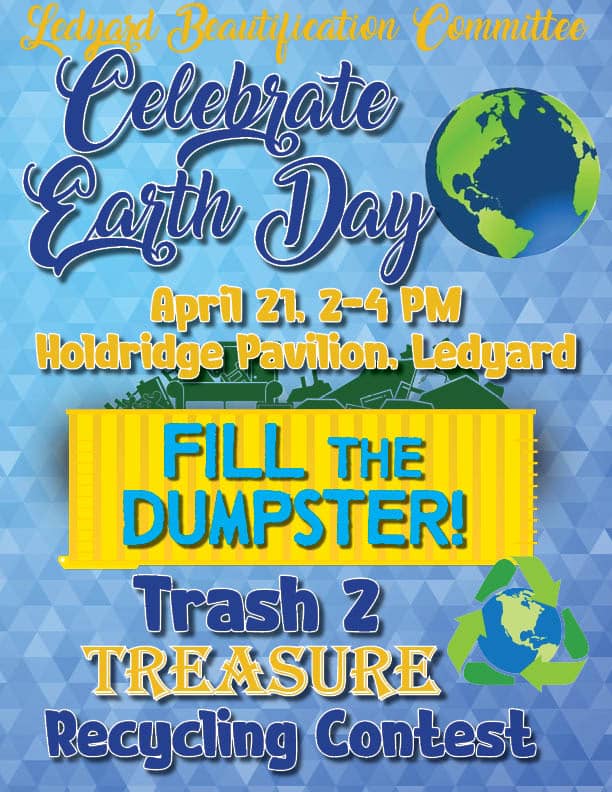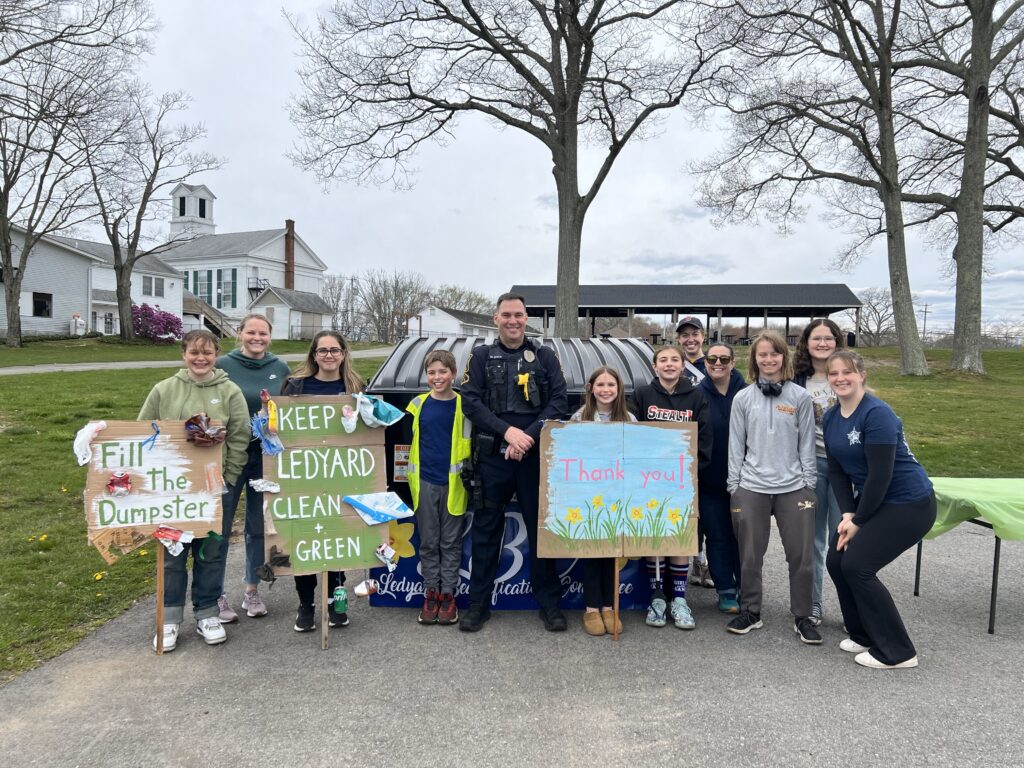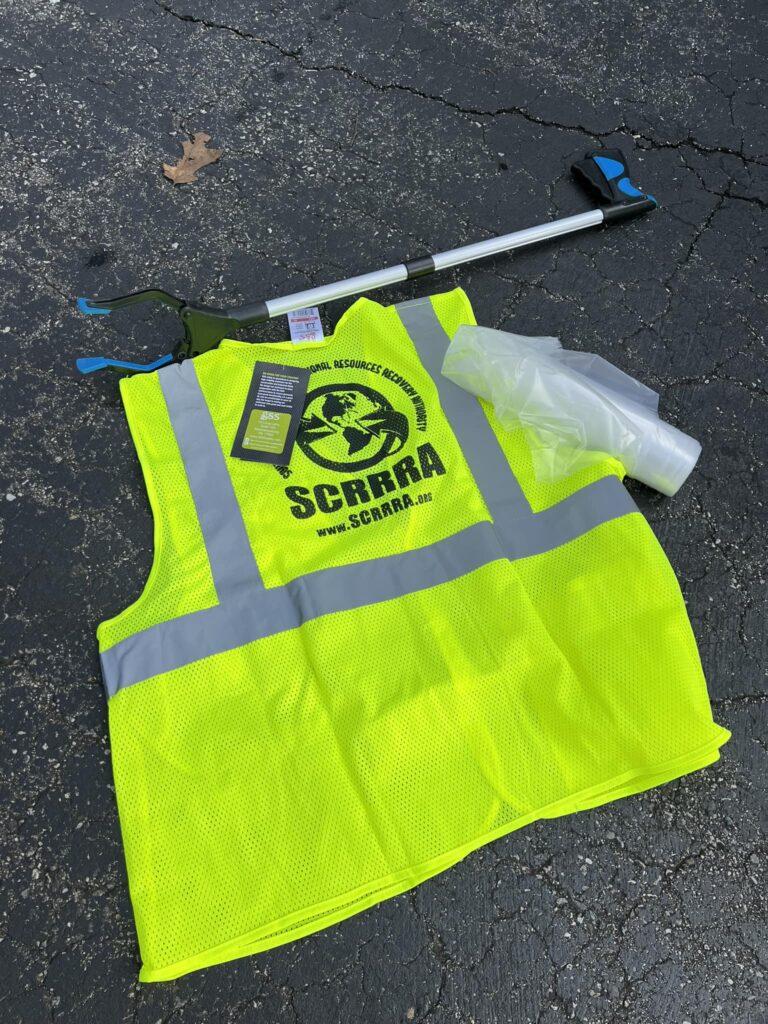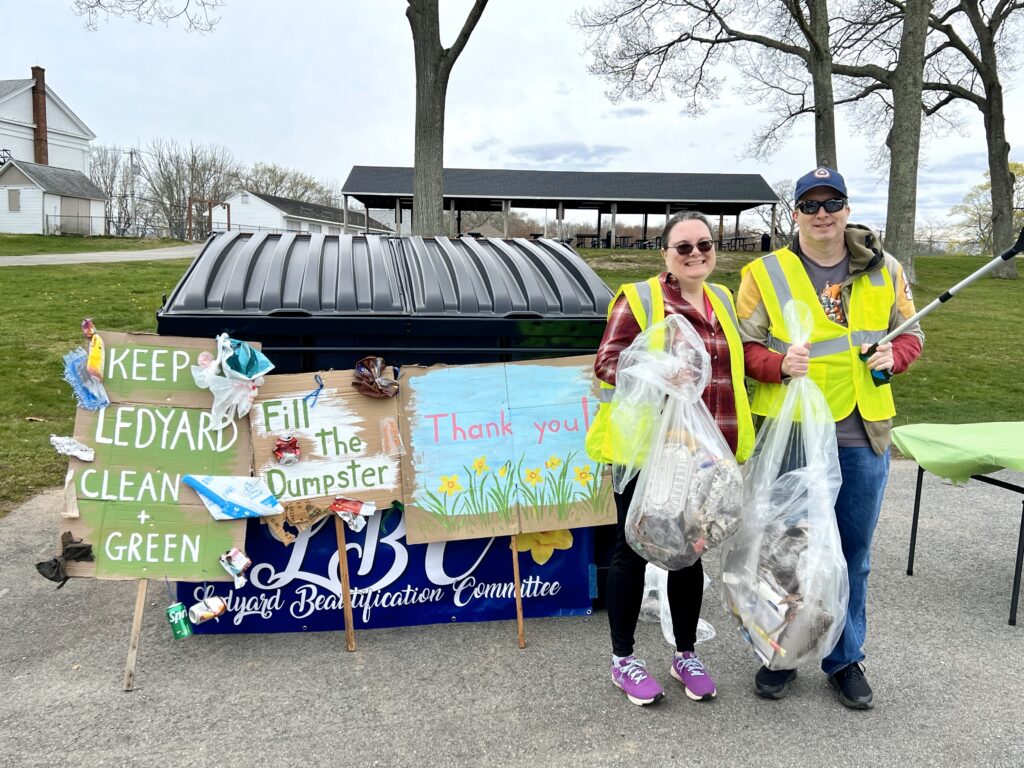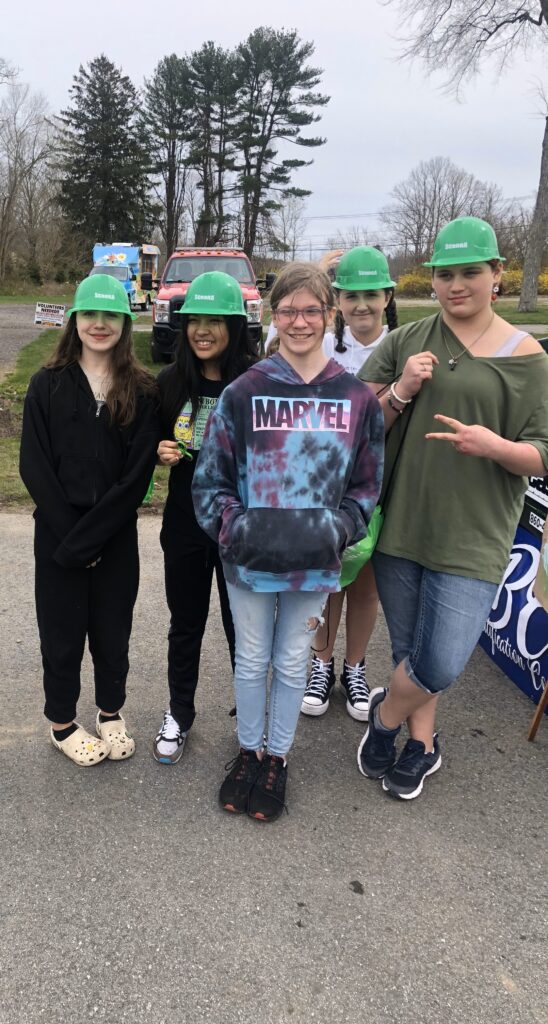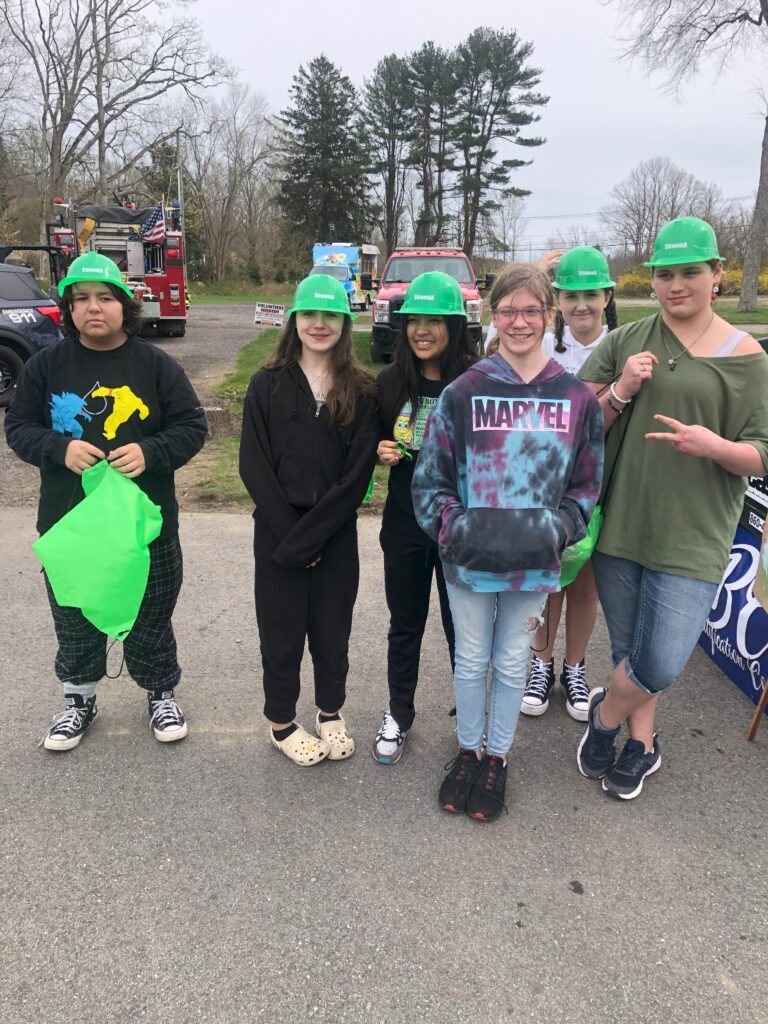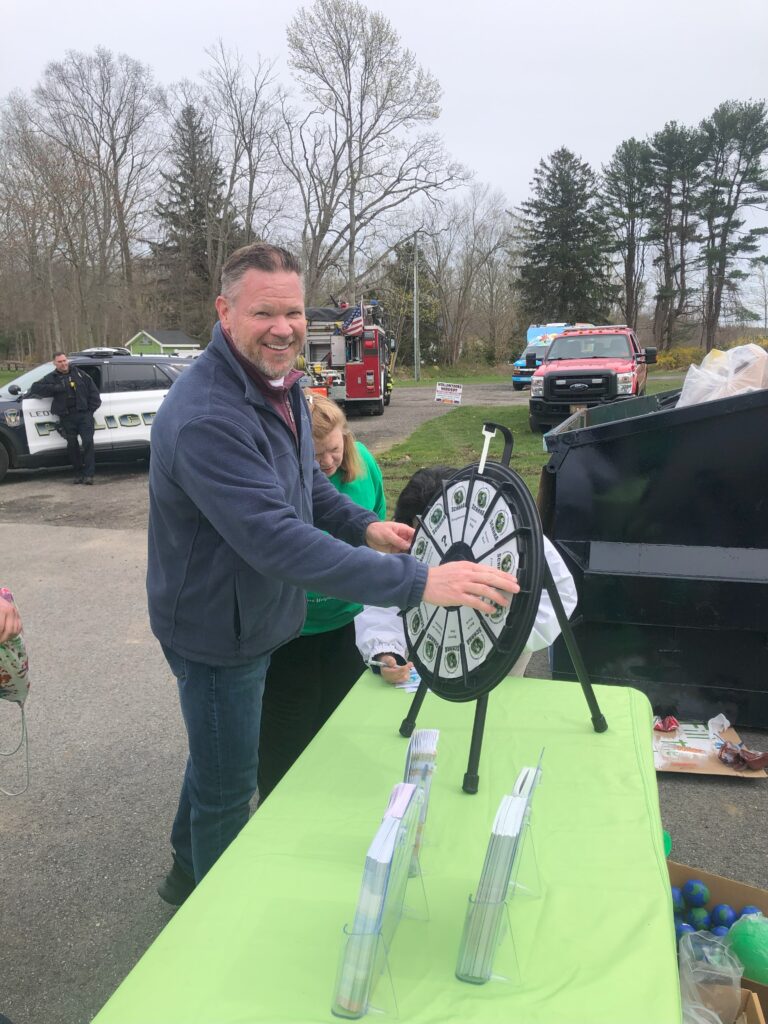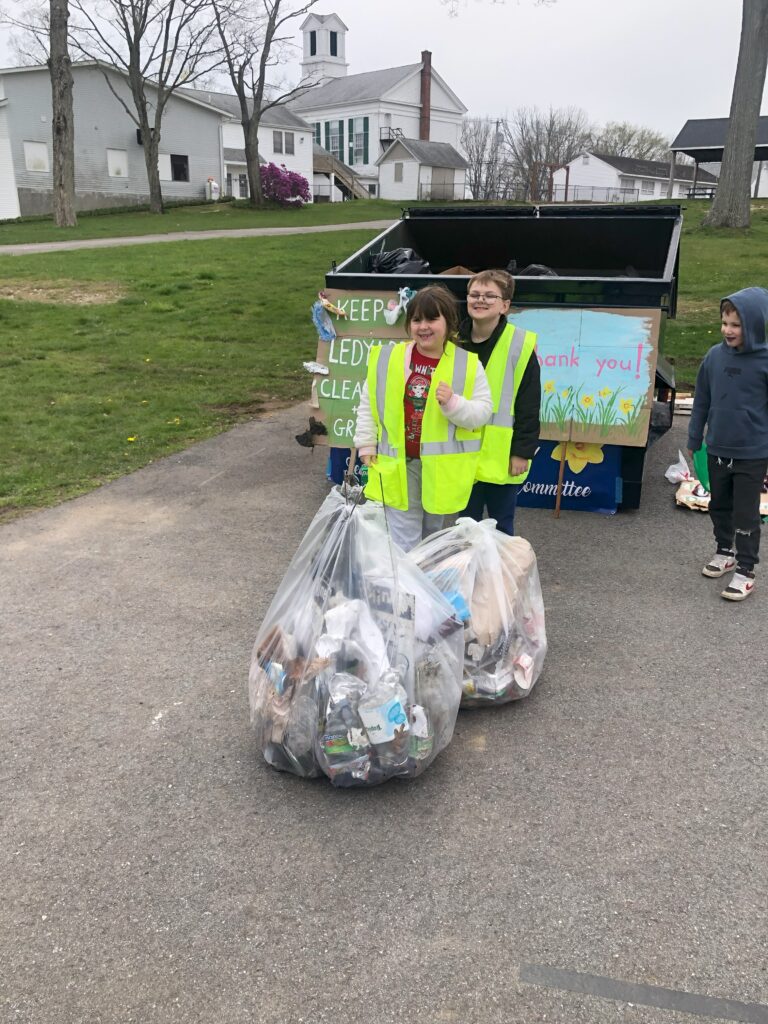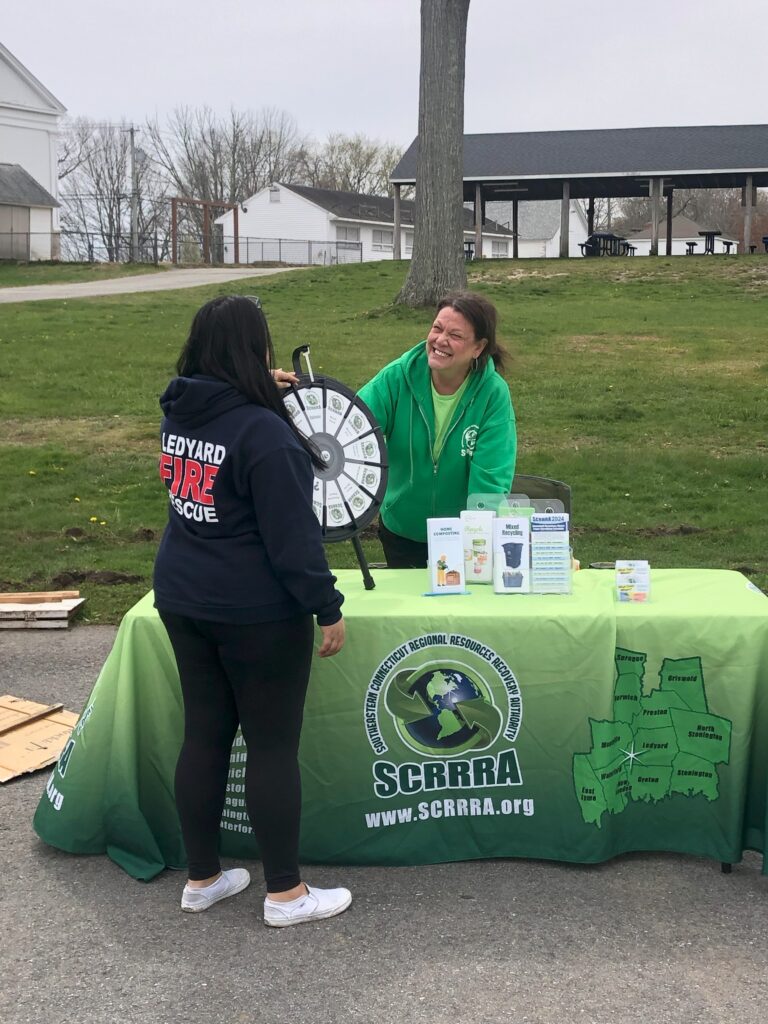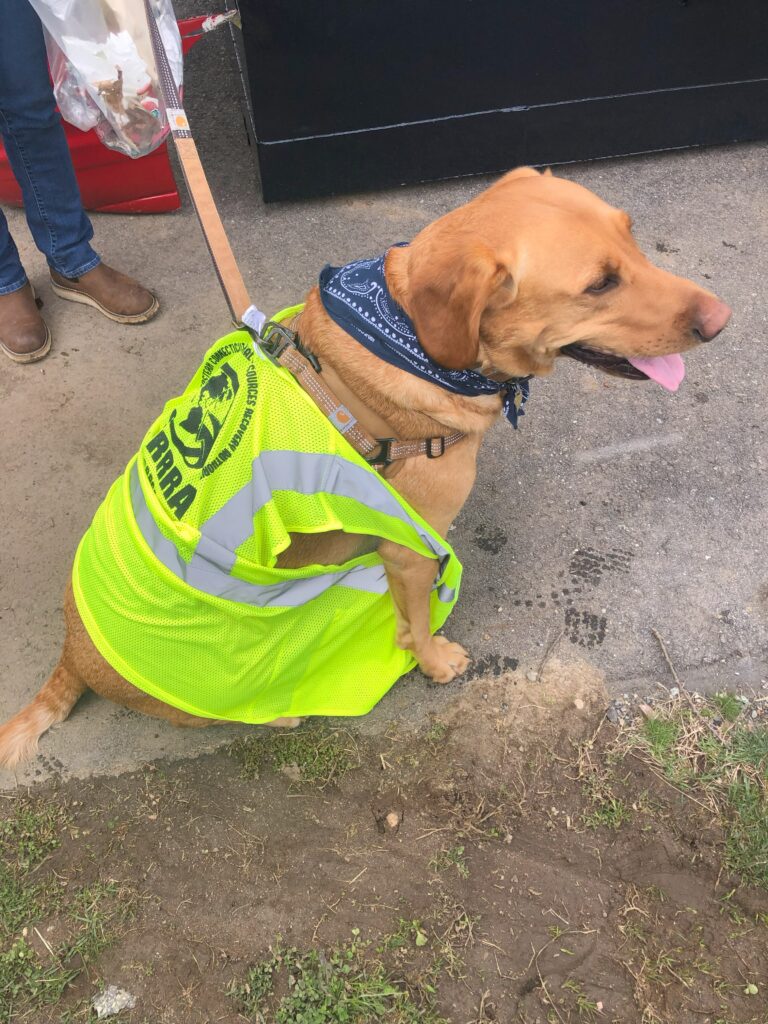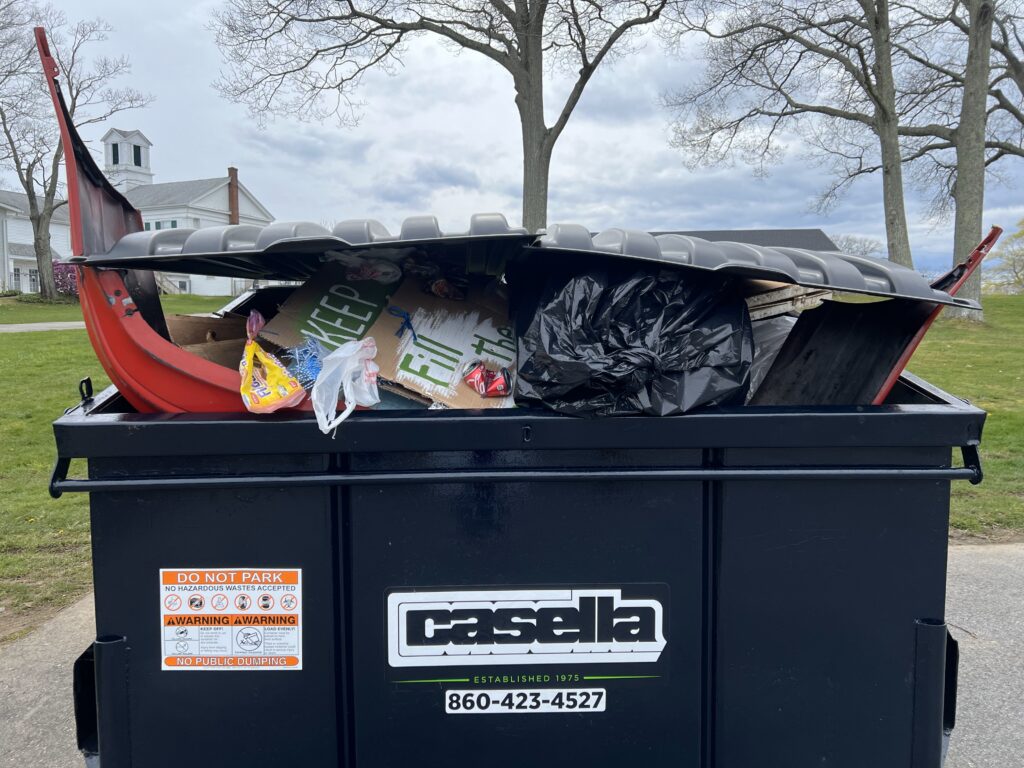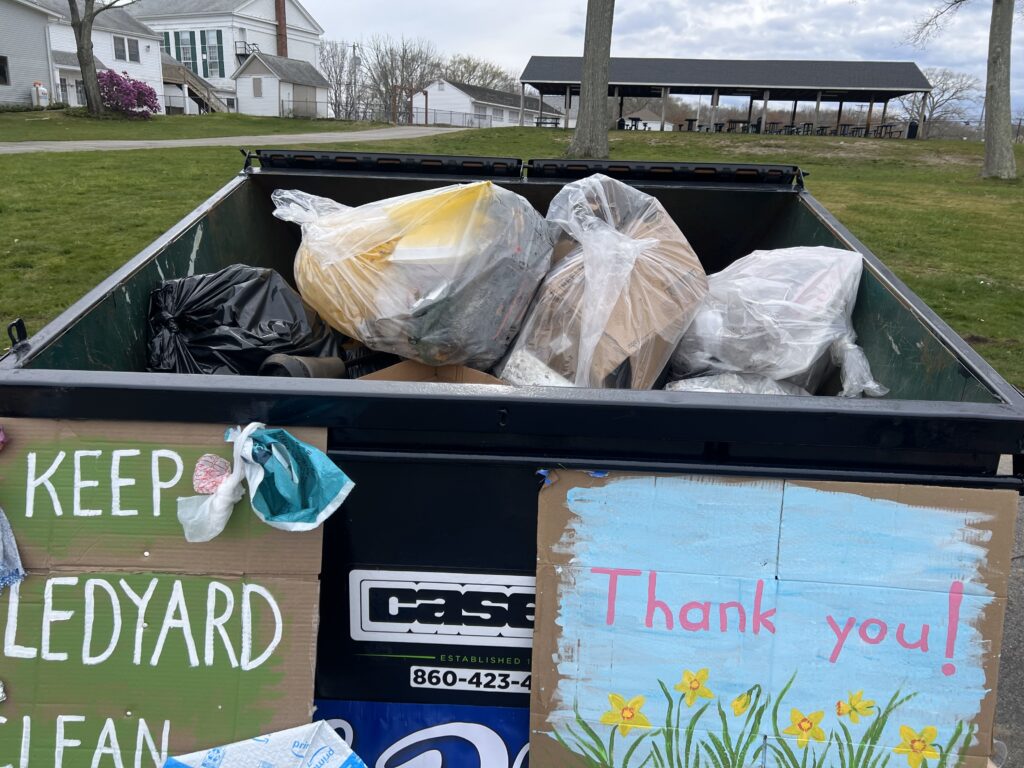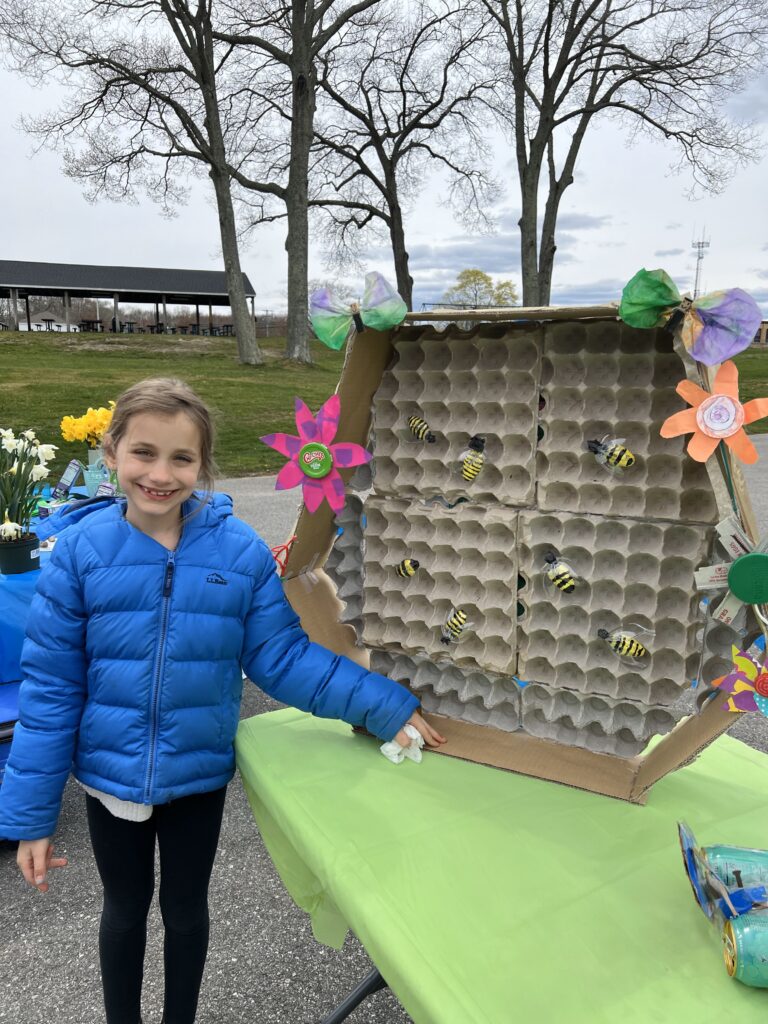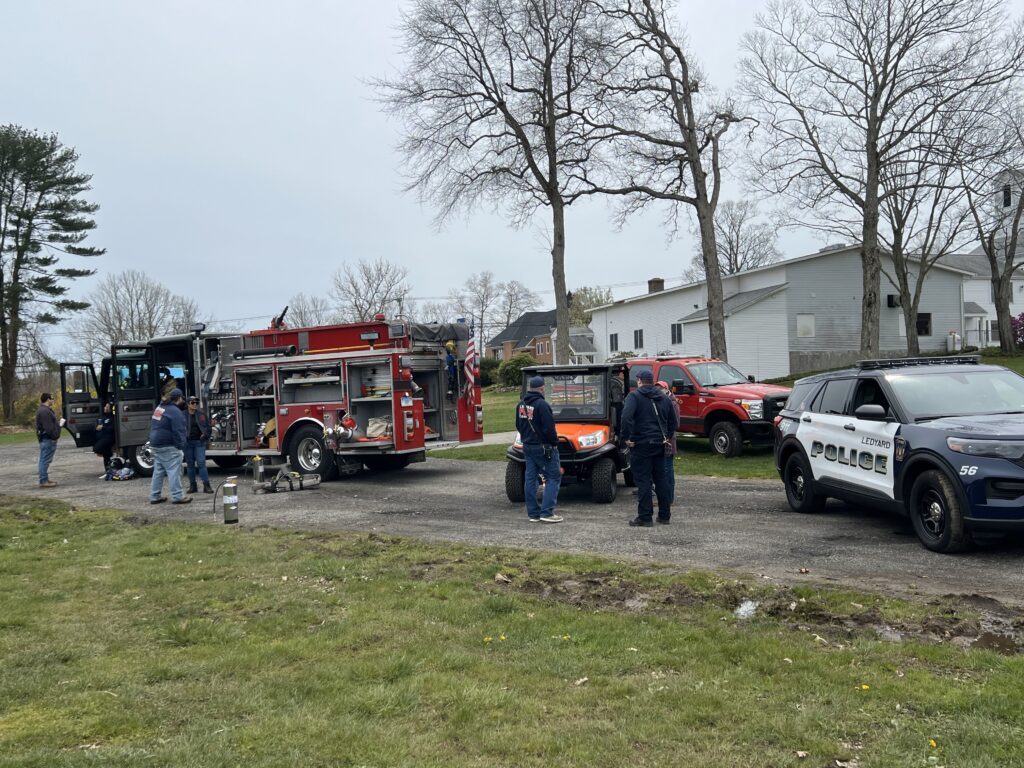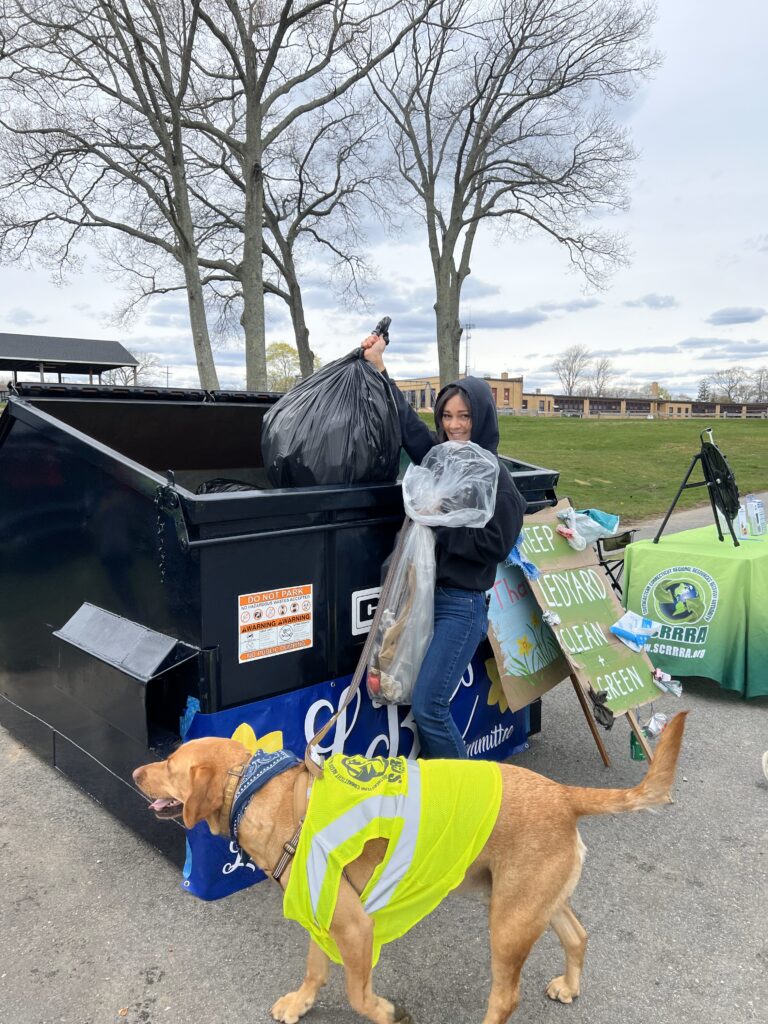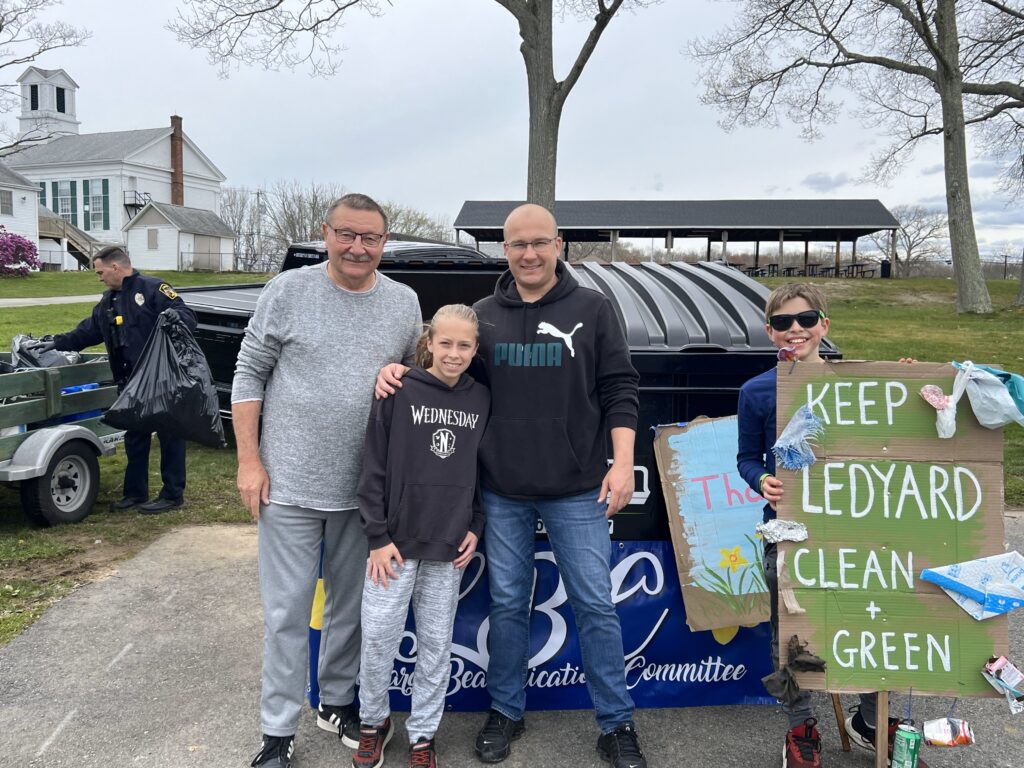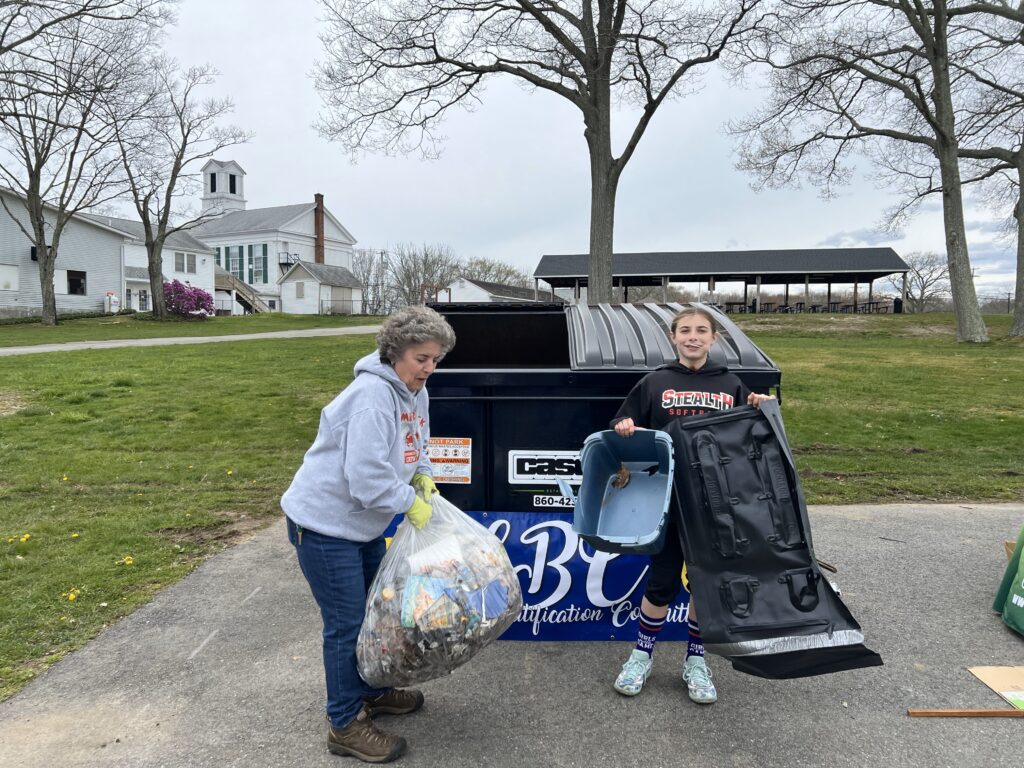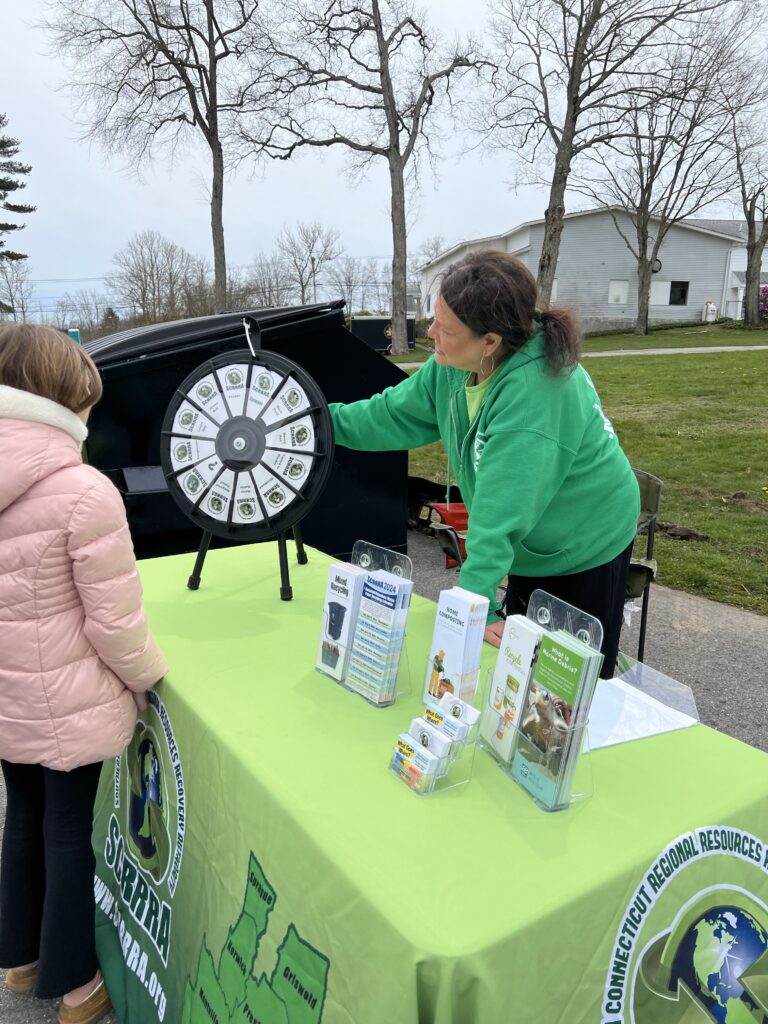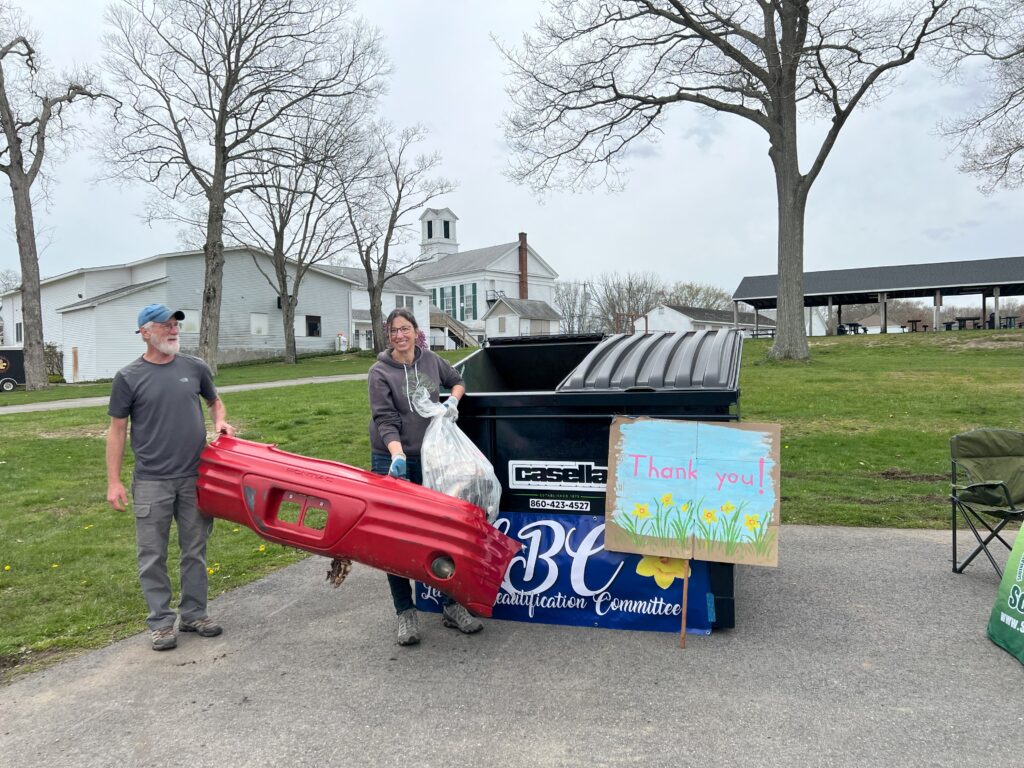April 14, 2025: Last Friday, SCRRRA attended a Waste Reduction Advocacy Day at the Legislative Office Building in Hartford. Over 40 people and several legislators including Rep. Arzeno, Rep. Constantine, Rep. Shannon, Rep. Mushinsky and Rep. Parker joined the event to engage in conversation about managing and reducing waste in Connecticut. See photos, the WFSB news clip, and links to the live Connecticut Network recording and CTMirror article, below.

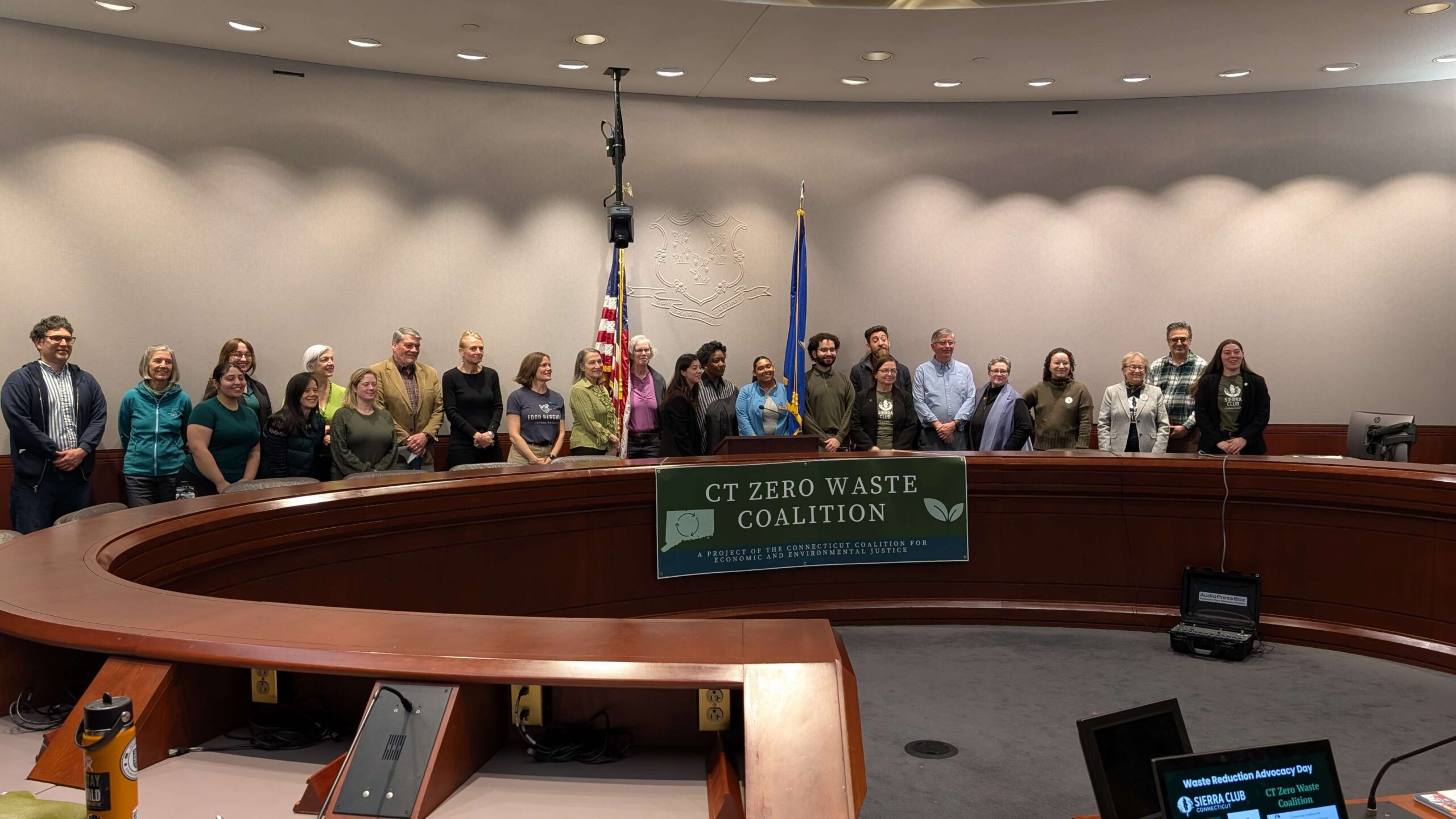
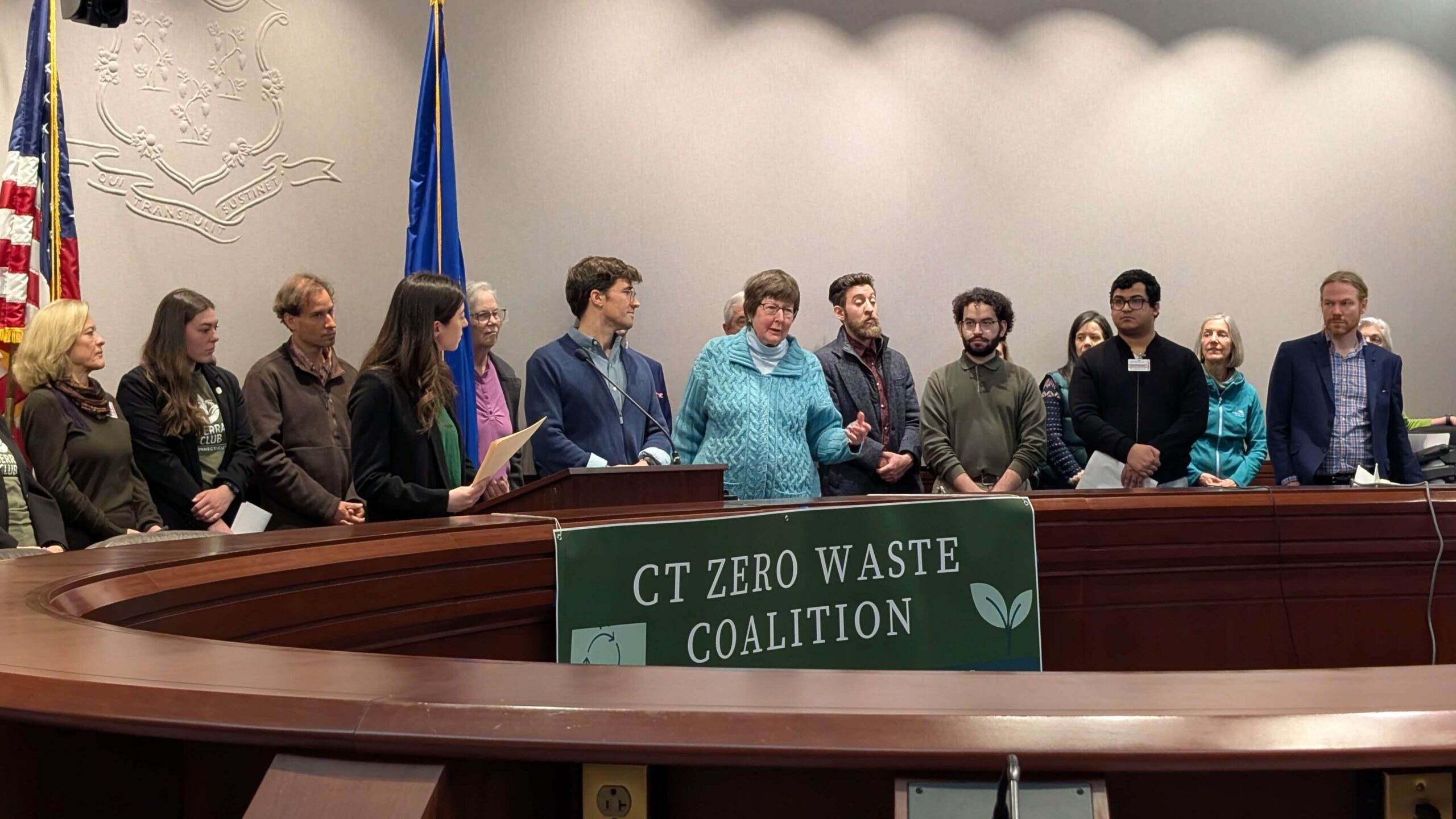





March 28, 2025: We are thrilled to announce that SCRRRA has been awarded a Materials Management Infrastructure grant for $4,500,000 from CT DEEP! The official press releases can be found here and here.
This funding will support the construction of the SCRRRA food waste composting facility, which is designed to divert thousands of tons of organic material out of the solid waste stream, resulting in significant financial savings for our municipalities in the face of Connecticut’s skyrocketing disposal costs.
Please join us in celebrating this exciting milestone for SCRRRA!
March 13, 2025: On February 12, 2025, SCRRRA hosted a virtual one year follow-up to the Regional Town Meeting held on December 6, 2023 at Camp Nett in Niantic, CT. Area municipal chief elected officials, directors of finance, key policymakers, state legislators and other dignitaries were invited to hear a presentation regarding the solid waste management crisis in the state of Connecticut, the progress that has been made since our last meeting, and how to help.
To watch the presentation, click here or see below:
To view the slide deck, click here or see below:
March 1, 2025: Connecticut’s Commercial Organics Recycling Law (CORL) requires businesses and institutions generating more than 26 tons of food waste a year to source-separate and recycle food waste, and to begin reporting on those efforts to CT DEEP on or before March 1st, 2025.
If you are a business or institution subject to this law, you will report your wasted food diversion efforts for 2024 electronically via this CT DEEP reporting form. The form is 18 questions, and summarizes the amount of edible food donated, the amount of food scraps recycled and the organics recycler or recyclers and associated collectors used.
For more information and support:
- CORL Reporting Requirements FAQ (Center for Ecotechnology)
- Commercial Organics Recycling Law Overview (CT DEEP)
February 3, 2025: Save the dates! SCRRRA’s 2025 Houshold Hazardous Waste (HHW) collection and paper shredding service schedule is now available.
Click to open:
Please note the new limit for paper shredding: 7 boxes per vehicle, maximum.
November 4, 2024:
PUBLIC INFORMATIONAL MEETING ANNOUNCEMENT
Presented by the Southeastern Connecticut Regional Resources Recovery Authority (SCRRRA)
OPEN TO THE GENERAL PUBLIC
AN INFORMATIONAL MEETING REGARDING: SCRRRA has proposed construction of a regional composting facility on the land it owns at 132 Military Hwy (Route 12) in Preston. The envisioned facility will create needed infrastructure for the composting of wood chips and food waste from our local communities, much of which is currently disposed of in the regular trash at very high expense. This facility will save Preston, and all SCRRRA’s 12 member towns, significant disposal costs, and produce a high quality, environmentally friendly soil amendment to replace manmade fertilizers. The project obtained approval from Preston Planning & Zoning in January 2024 and is currently pending permit approval from the Connecticut Department of Energy and Environmental Protection.
WILL BE HELD AT: SCRRRA,7 Hurlbutt Rd Suite O, Gales Ferry, CT 06335
ON: Monday, November 25, 2024 at 6:00 PM
PRIOR TO THE MEETING, INTERESTED PARTIES MAY RSVP ON WEEKDAYS, WITH RESPECT TO ATTENDANCE, TO: office@scrrra.org or (860) 381-5558
THE AGENDA FOR THE INFORMATIONAL MEETING WILL BE:
- General introduction
- Description of the proposed facility
- Operational overview
- Questions and answers
TO REVIEW PROJECT DOCUMENTS, PLEASE VISIT: www.scrrra.org/about/public-records
TO SUBMIT WRITTEN PUBLIC COMMENTS, PLEASE WRITE TO US: office@scrrra.org
October 25, 2024: Request for Qualifications (“RFQ”): SCRRRA is seeking Statements of Qualification (“SOQ”) from experienced firms interested in providing food scrap customer solicitation and hauling, organics compost facility (“OCF”) management and operations, manufacturing expertise, marketing and product sales services, for the OCF being constructed by SCRRRA in Preston, CT.
To access the RFQ: https://www.scrrra.org/contact-us/rfp/
For information about the proposed SCRRRA compost facility: https://www.scrrra.org/compost-facility-project-update/
August 9, 2024: Have you seen us in Waste Advantage Magazine this week? Learn about SCRRRA’s regional compost facility project in the article linked below!
Waste Advantage Magazine: Desigining a Sustainable Municipal Compost Facility
Additional information:
- January Blog Post: Progress Toward a Regional Compost Facility
- Article in The Day: Preston could host first commercial food waste composting plant in the state (theday.com)
- Article in Waste Dive: Where USDA allotted $11.5M to 38 composting and food waste projects in 2023 | Waste Dive
- USDA CFWR Grant Awards Announcement: USDA Invests Approximately $11.5 Million in Composting and Food Waste Reduction Projects in 23 States | USDA
July 30, 2024: Ledyard residents! Did you know? “The [Ledyard] Town Council has approved the start of a free food scrap recycling pilot program that began Tuesday. Blue Earth Compost of Hartford will be placing food scrap collection bins at the town’s transfer station, located at 889 Colonel Ledyard Highway. The program is free to residents with a proof of residency. According to a news release, Blue Earth will collect the food scraps and haul them to Quantum Biopower, an anaerobic digester in Southington.”
See the full press release, article in The Day, and informational brochure below:
Press Release: https://www.ledyardct.org/CivicAlerts.aspx?AID=992
Article in The Day: Ledyard announces food scrap recycling program (theday.com)
Informational Brochure: https://www.ledyardct.org/CivicAlerts.aspx?AID=992
April 23, 2024: The SCRRRA team was delighted to spend the past weekend supporting two local Earth Day events: Groton’s Earth Day Expo and Ledyard’s “Fill the Dumpster!” cleanup event. See more below:
Article in the Day: Youth take charge at Earth Day Expo in Groton (theday.com)
Photos on Facebook: Ledyard Beautification Committee “Fill the Dumpster!” Cleanup Event
